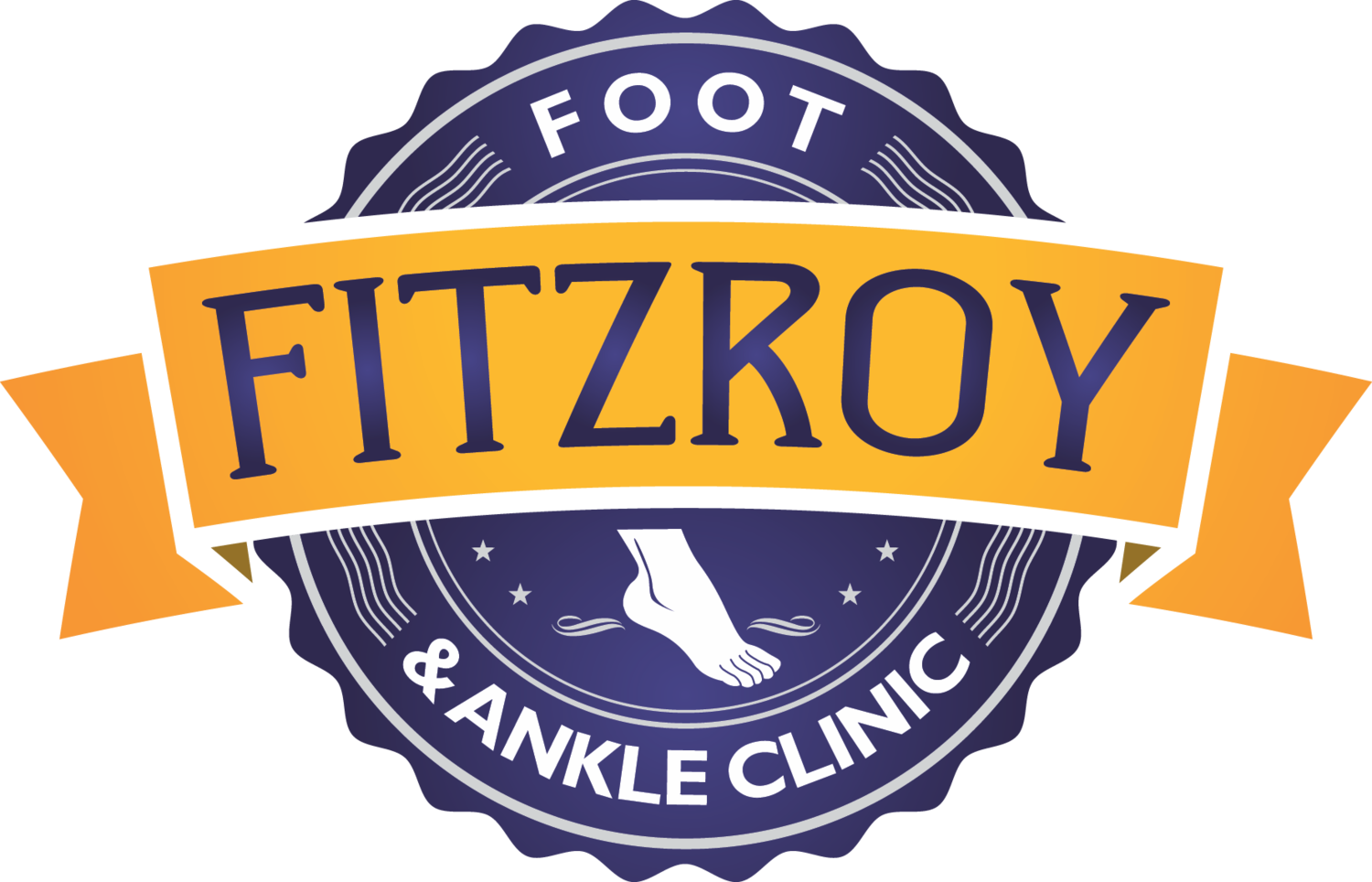Dave McNeill lives and trains in Melbourne’s inner north, our favourite part of town.
Get to know our local legend here, and perhaps try his famous breakfast smoothie after your next lap of Princes Park or Yarra Bend!
1. What event did you compete in at the Olympic Games and which year/location did you compete in?
London, 2012 - 5000m
Rio, 2016 - 10,000m
2. Favourite running session to do in training?
Anything on the track involving reps of different distances and paces.
3. Preferred shoe to race in/train in?
For training: Nike Pegasus turbo and Nike Infinity React
For racing: Nike Matumbo on the track & Nike Vaporfly Next% on the road
4. Go to breakfast before a hard training session (or after, if you eat your big meal after)?
Always two breakfasts (before and after). Before would be porridge with a little maple syrup. After would be a smoothie with blueberries, bananas, protein powder, yoghurt and milk (to keep on top of my bone health!), and a breakfast burrito with scrambled eggs, veggies, cheese, and hot sauce. Tea or coffee accompanying each.
5. Tip for managing the stress, frustration and worry that comes with being injured.
Make a plan early, including a rehab plan, cross-training plan, recovery plan, dietary plan, etc... and invest your mental energy into the plan rather than worrying about what might be lost through injury. Then start investing emotional energy into productive pursuits that have been put on hold because of the focus on athletic endeavours. Go and have a drink with friends, go for that weekend getaway, spend more time with people that lift you up and make you smile.
6. Race you would love to run but haven't had the chance?
Any of the many Diamond League races I haven’t competed at (only been to Pre Classic and New York).
7. Favourite location in the world to run?
Flagstaff, Arizona.
8. What do you do/eat/drink in the days after a big race to celebrate the goal being accomplished?
I try not to deprive myself of too much in preparation for a race. But an extra beer is probably in order after a good race.
9. Pump up song to listen to before a training session or race, either driving there or during a warm up?
I prefer not to get too pumped up before training or racing. I like music with a relaxed rhythm that I can hum during the session, and that I can match my breathing and stride to. Petit Biscuit, Shallou, and Bonobo regularly get a play in the car ride to sessions.
10. Aside from the physical benefits, what does running do to enhance your life?
It really does it all for me! It’s a routine, it’s exercise, it’s a mental health check, it’s a connection to nature, it’s a perspective builder, and it’s a metaphor for most other things I put my mind to!
Thanks for that insight Dave! You can follow Dave’s journey to the Tokyo Olympics via instagram: @rundmc_neill


